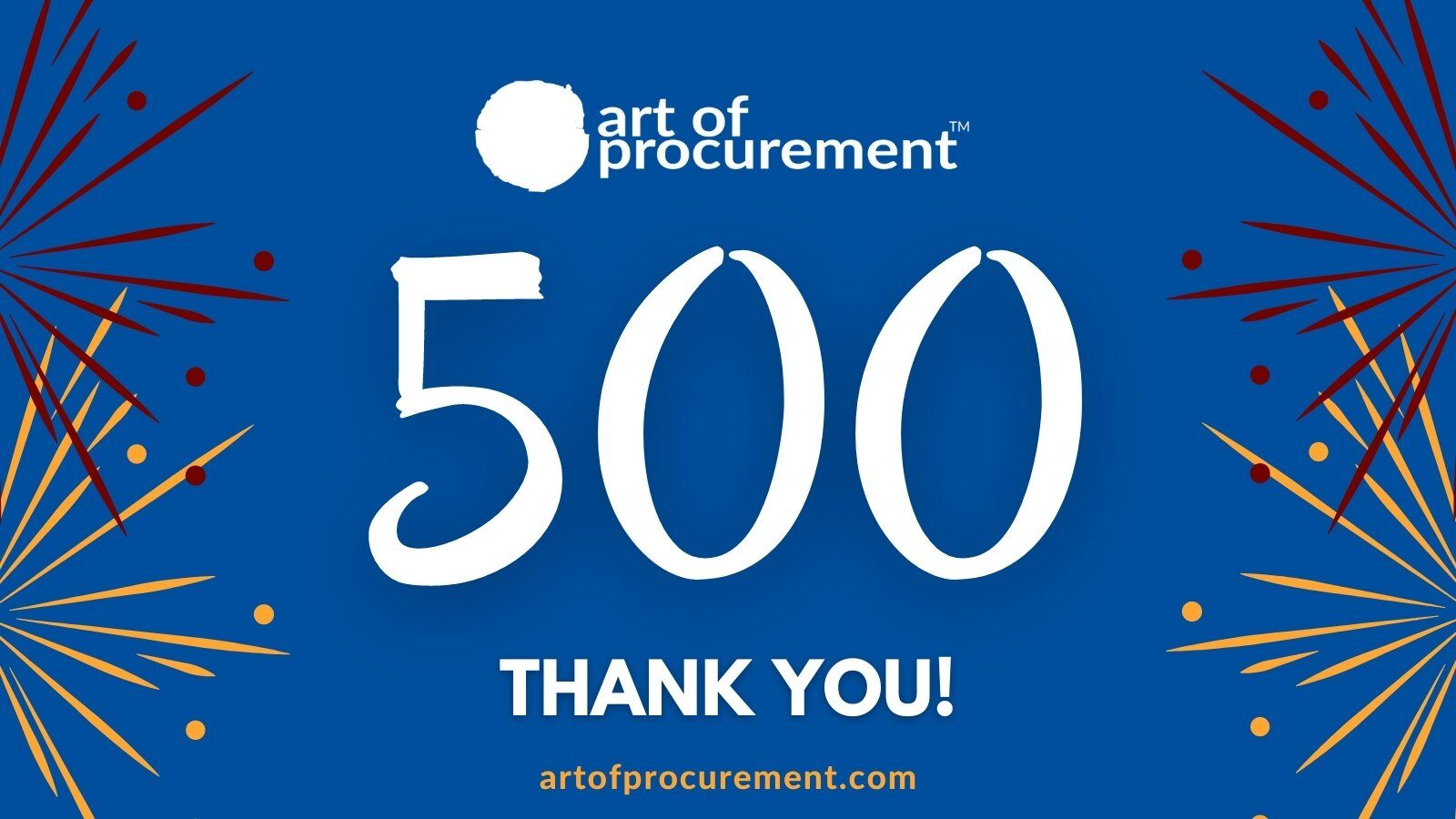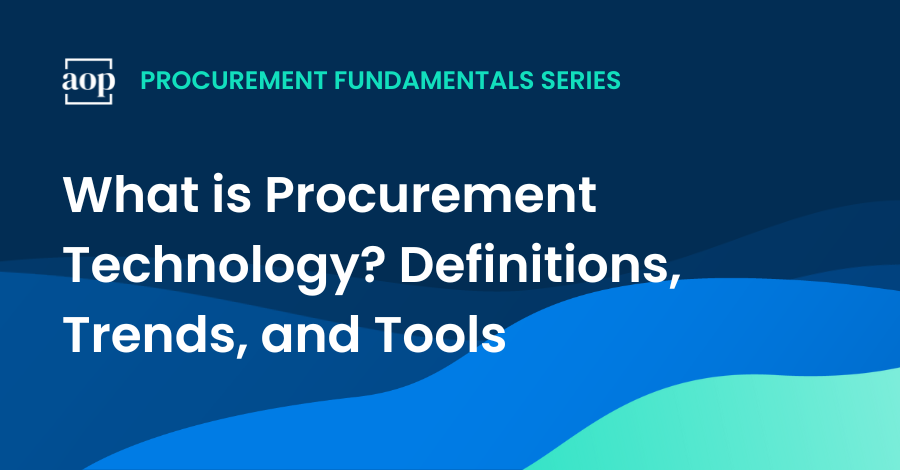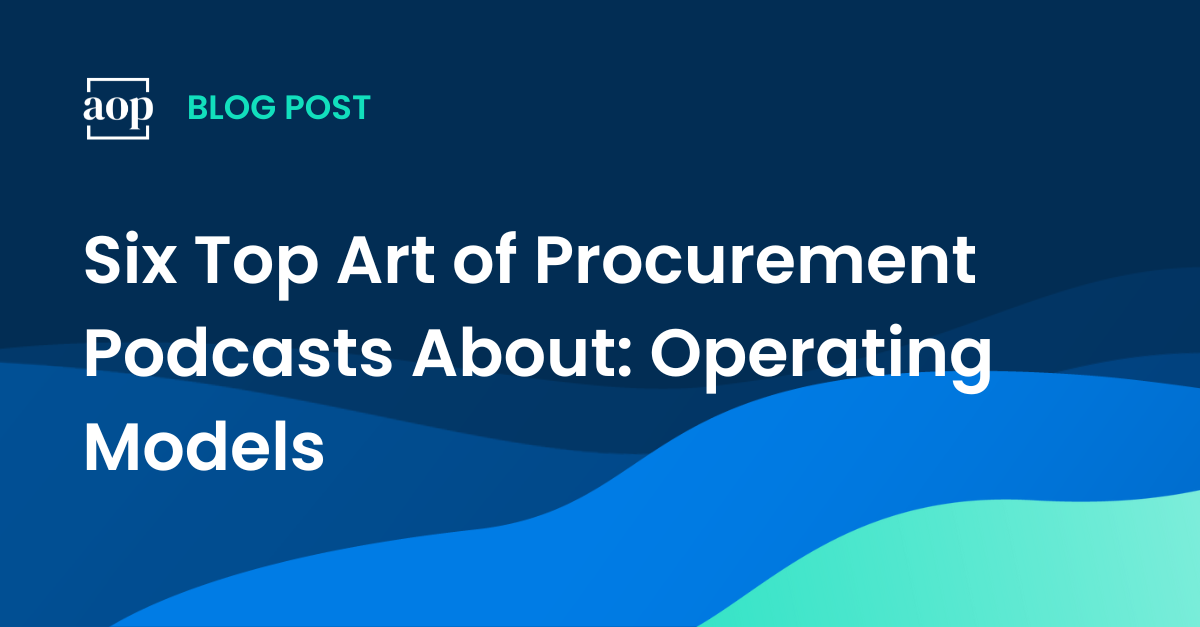
Category management has been one of the foundational pillars in the growth of procurement over the past 20 years. I remember back in 2001 being a part of a team implementing category management principles for the first time within the automotive industry. We combined it with A.T. Kearney’s 7-step sourcing process, and – bingo! – strategic procurement was born.
Not a lot has changed about category management since then. In fact, A.T. Kearney’s decision on 2020 to drop the “A.T.” marks more change than the process itself has seen. That said, not everyone has embraced it in the same way.
- Some companies went ‘all in’ on category management. They fully integrated stakeholders and suppliers into what became a tool to enable collaboration.
- Some implemented ‘category management in name only.’ They brought in tools and templates but just use category management as a one-way communication tool. They build their strategies in isolation and then submit the results to the business for approval.
- Many others are still on the ground floor and haven’t yet been able to implement category management at all.
So, to go back to the question: 20 years after I implemented category management, is procurement moving away from the practice?
I see many of the most forward-thinking organizations – the ones who have been successful in deploying category management – looking to see what is next. For them, they are working to build a procurement capability that operates more like a service provider or an internal consulting group.
In today’s environment, businesses value speed and flexibility over cumbersome processes. Agility is everything. But that doesn’t mean that everyone’s procurement after category management will look the same. It depends somewhat on the size of your organization and somewhat on how integrated you’re approach to category management was.
Procurement is moving towards a model where relationships, not categories, serve as key touchpoint with stakeholders.
Under a relational model, each stakeholder or stakeholder group has a single point of contact who acts in the role of delivery lead. This is a common role in service delivery. The delivery lead is essentially the account manager. They are responsible for day-to-day delivery of procurement services to that stakeholder or stakeholder group. It is a very customer-centric role.
The delivery lead must understand the needs and expectations of the stakeholders. They will need to bring in the right experts at the right time – either from an internal or external pool – to help strategize around individual categories. Only then will any sourcing execution take place.
These category-specific resources are accountable to the delivery lead; he or she will make sure that the necessary services are provided, and that the expertise is actionable.
It is important to point out that the delivery lead does not have to be part of procurement. They can be someone who understands the category of spend, is a master of program management, or has worked to source the spend in the past.
When people ask me if procurement is moving away from category management, my answer is most often “kind of.”
The fundamentals of category management will remain a key element in how you develop your spend management strategies. However, the interface between stakeholder and procurement is definitely changing to a model where a relational delivery lead is the key point of contact rather than the category lead. This shift sees procurement hiring more generalists and less specialists into their teams, with the specialists now moving to third party specialist firms.
So, in some ways, category management will continue, it just won’t look the same – and it certainly won’t serve as the basis for procurement’s relationships with the business.




